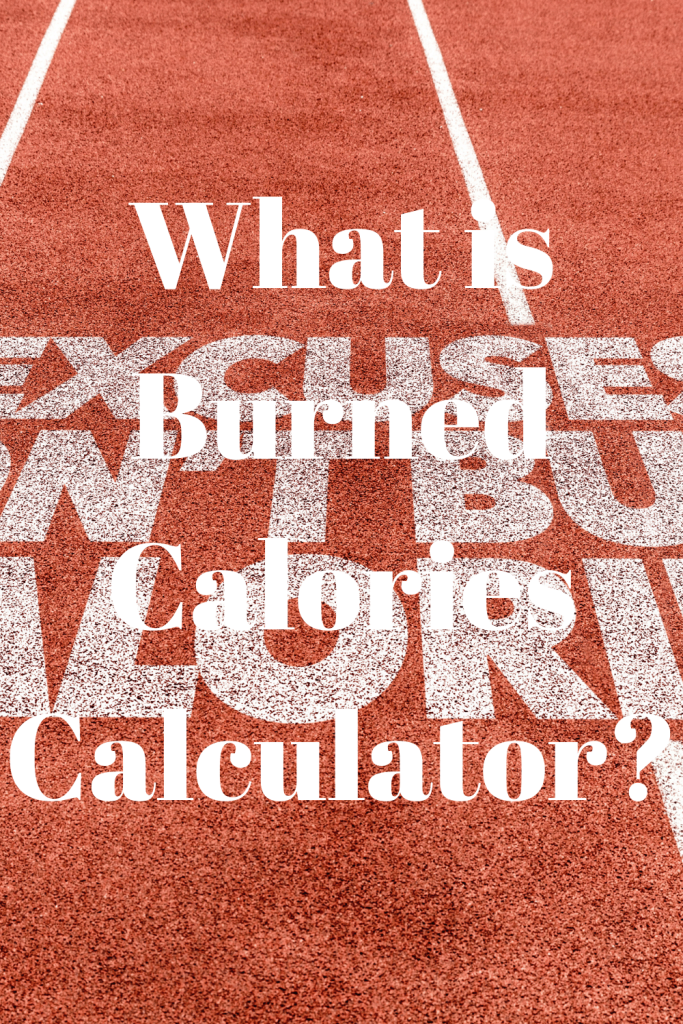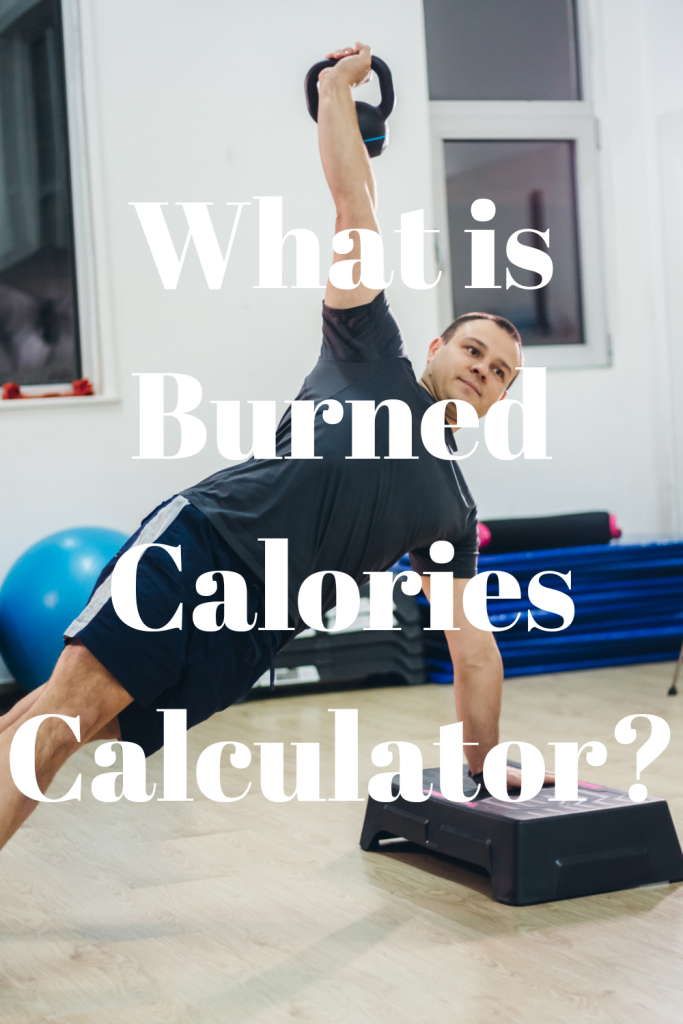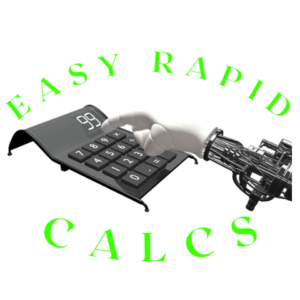What is Burned Calories calculator?
A burned calories calculator can help you estimate the total number of calories burned during a specific activity. The online version of this sort of calculator can provide accurate results if data inputted by the person remains precise. It would be helpful to keep in mind that even if it’s not perfect, getting some idea about calorie burn while exercising will serve as a good starting point.

There are many different methods for measuring how much energy is used when somebody exercises or participates in physical activities. The two most commonly used measurements include oxygen uptake and heart rate monitoring. The former method uses equipment such as a metabolic cart, which calculates air exhaled during exercise. Heart rate monitoring uses a pulse monitor to measure precisely how fast a person’s heart is beating during exercise. Nowadays, most people rely on estimation using a formula or calculator that would provide an approximate number of calories burned depending on the duration and speed of activities.
A simple way to calculate calorie burn for specific exercises will be discussed later in this post. In addition, you can find several other valuable calculators, including caffeine calculators.
Online Burned Calories Calculator: How it works?
There are different ways to estimate the calories burnt while exercising: One standard method calculates your basal metabolic rate (BMR) and then multiply by an additional factor. The BMR is the amount of energy expended by the body while resting; it accounts for digesting food and controlling body temperature, breathing, and other bodily functions. The additional factor considers the intensity of the exercise by measuring the body’s response to it. Since the amount of energy used during exercising depends on its power, an extra number will increase or decrease your workout progress.
Another estimation method called the Harris-Benedict formula adds factors such as age, height, weight, and gender at first. The last step is multiplying all these numbers with a specific constant depending on whether you are male or female. This would be helpful to know how many calories are burnt while exercising for women and men, including teenagers who may have different calorie burning rates due to their changed hormonal levels. Many people also use calculators that automatically calculate total burned daily calories by inputting details about their physical activities in a given day.

The good thing about using an online calorie calculator is that it would be much easier to use than other estimating how many calories are burnt during daily activities or workouts. You can visit website pages that offer this service and then follow the instructions accordingly. Generally, you might be required to enter data including gender, age-range (if applicable), duration of the activity, type of activity (running vs. biking), etc. After completion, the website will display results in either text or visual form called an infographic. Here are some websites that provide free burned calories calculators:
Calorie Calculator – MyFitnessPal – Runner’s World – Calorie Counter
Burned Calories Infographic Examples
This infographic provides an example of how your total daily calorie burn is calculated and visualized. The first step involves inputting BMR (Basal Metabolic Rate), the number of calories you need to consume per day to maintain your current weight. After that, all information on physical activities such as intensity level and workout duration will increase or decrease this number accordingly. This infographic also provides a good summary of factors affecting calorie burn, such as gender, age, height, etc.
Fitness Infographics is one of my favorite websites with tons of infographics related to healthy living and workouts.
Estimation vs. Actual Calorie Burn Results
It is hard to get accurate results for energy expenditure due to many factors, including the accuracy of measuring heart rate, breathing rate, etc. Many people also use separate devices such as fitness trackers, providing extra benefits like recording your daily calorie intake and weight changes.

Nowadays, most people rely on estimation to assume that it would be helpful enough in planning their workouts or diets accordingly. However, after a few weeks of estimating the average number of calories burnt per day, I recommend checking total calorie burn and comparing this number with actual data. This will give you a better idea about whether you need to adjust your plans, such as increasing food intake (if you are trying to gain weight) or decreasing workouts (if you are trying to lose weight).
